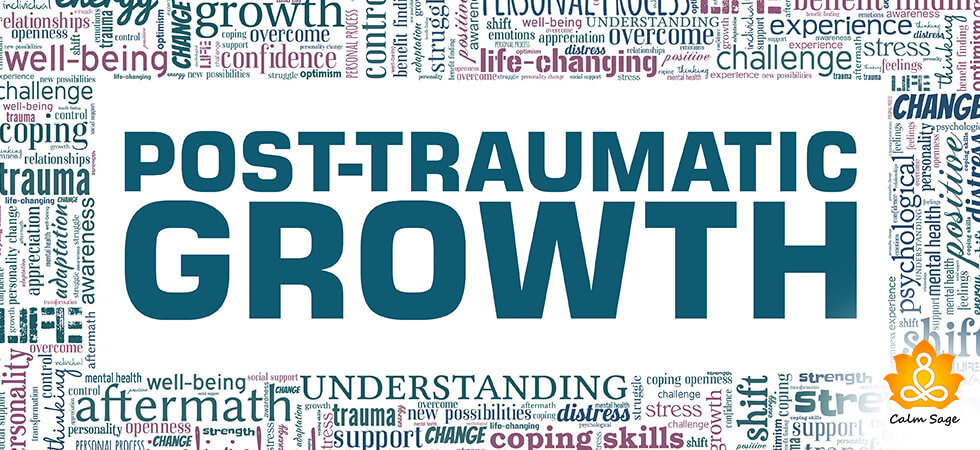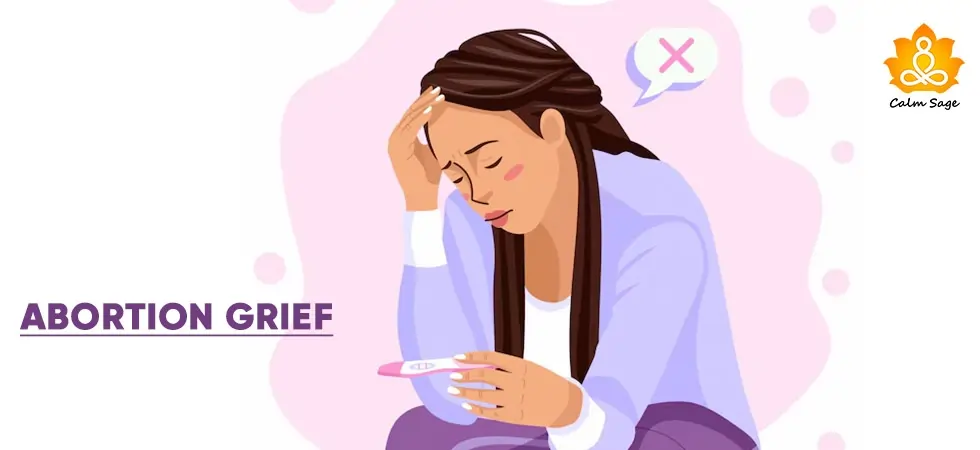Understanding Post-Traumatic Growth, For When You Begin Healing

“Awareness is the first step in healing.” – Dean Ornish
When we begin healing – from heartbreak or a life-changing trauma, we notice some changes in ourselves brought on by what we’ve gone through. This change we experience is termed post-traumatic growth.
When we’re struggling with the aftermath of trauma, we may not focus much on finding the meaning of the experience but as you move on from the traumatic experience, you may begin to adapt to the changes.
For many people, post-traumatic growth can be translated as personal strength or looking at the bigger picture in life while for others, it could mean a changed belief, spiritual growth, or motivation to bring a change in the community.
The best part of post-traumatic growth is that everyone’s experience is different. As we process emotions and trauma differently, it can be a long healing journey but don’t fret, at the end of the day, we all find the opportunity for growth.
Here, let’s explore what post-traumatic growth is, what it may look like, and how to achieve this post-traumatic growth.
Also, Read; Unresolved Trauma: Signs and Much More!
Defining Post-Traumatic Growth (PTG)
When you begin healing from trauma, growth happens. After all, it is a part of your healing process. When you learn to accept growth, to make meaning of what happened, you heal and learn from the experience.
Post-traumatic growth is a theory that was developed by Dr. Richard Tedesch and Dr. Lawrence Calhouni in the 1990s. Post-traumatic growth states that after experiencing trauma, people often begin to view the perspective in a positive light, whether your trauma stems from relationships, grief, or other experiences.
Post-traumatic growth can also be defined as the awareness, the perspective, you gain during the aftermath of a traumatic experience. This could be anything. Learning the deeper meaning of life and death after the loss of a loved one could be a post-traumatic growth example.
Other examples of post-traumatic growth or PTG can include recovering from a natural disaster or recovering from abuse. This kind of growth comes from a psychological shock where your views are now divided between “before and after”.
What Does Post-Traumatic Growth Look Like?
There are many ways post-traumatic growth may look like, after all, in the aftermath of trauma, it is expected to face challenges. However, just like any other life-changing experience, PTG may look a little different to all.
Some common signs of post-traumatic growth can be:
- Appreciating the value of life (in a way you didn’t before the trauma)
- Better relationships with others (having a sense of closeness and more compassion towards others)
- Finding new possibilities (developing new interests or finding the willingness to change)
- Greater sense of self-reliance (knowing you can handle difficult things and emotions)
- Finding a deeper knowledge of spirituality (having a stronger faith after the trauma)
You may also notice some more changes such as having more clarity and meaning in the hardships you face or being able to harmonize your identity with the trauma you experienced.
If you haven’t seen these signs, DON’T WORRY. Remember, healing is not a rushed process. It takes time. Take the healing at your pace.
How To Start Healing?
Post-traumatic growth will manifest once you willingly acknowledge your trauma. This acceptance is challenging to achieve on your own. Trauma includes losing control and taking back that control is a big part of the healing process.
Re-establishing safety and security (the one you lost) with others and yourself is a big part of your recovery. Here are some ways you can bring them back and speed up your post-traumatic growth:
1. Getting Therapy
Post-traumatic hurt festers when you don’t let yourself process the emotions properly. Therapy can help! With getting therapy, especially trauma therapy, you can learn how to better process and accept your emotions to heal. Therapy can even help you understand and cope with PTSD symptoms and other associated conditions.
2. Understanding Trauma
The aftermath of trauma can be complex and can affect your thinking, behavior, feelings, and life in general. Understanding trauma, its effects, and how trauma recovery works can help in speeding your post-traumatic growth.
Post-traumatic growth books you can read to further your knowledge about trauma can include:
- “Trauma & Recovery” by Judith Lewis Herman
- “The Body Keeps the Score” by Bessel van der Kolk
- “What Happened to You?” by Bruce D. Perry and Oprah Winfrey
3. Support From Others
Did you know that getting support from others – your loved ones, your friends, your community, or people who’ve been through similar traumatic experiences – can also help in post-traumatic growth?
You can find community support for PTSD and trauma here:
- After Silence
- Anxiety and Depression Association of America (ADAA)
- C-PTSD Foundation
- National Alliance on Mental Illness (NAMI)
Wrap Up
During the last two years, amidst the global pandemic, we’ve all experienced days where we’ve lost our loved ones, in more ways than one. Yet, post-traumatic growth is ever-present. While people are mourning the loss of their normal routine, loved ones, and independence, some people are using these traumatic experiences to re-learn a lot of skills, develop new ones, and understand the deeper meaning of life.
However, if you’re not yet reached the place where you say, “It’s OK” after experiencing trauma, well, it’s okay! Healing is a gradual process and while it may take time, you’ll eventually achieve post-traumatic growth.
While trauma can be life-changing, there can be something good we can get out of it. It may take some time but you’re not alone in your healing. You can always reach out to a therapist or join a trauma support group to get the push you need.
I hope this article helped you. You can always write to us at info@calmsage.com or DM us on social media for more. Don’t forget to share this blog with your loved ones and do share your thoughts on post-traumatic growth in the comments below!
Take care and stay safe!




















